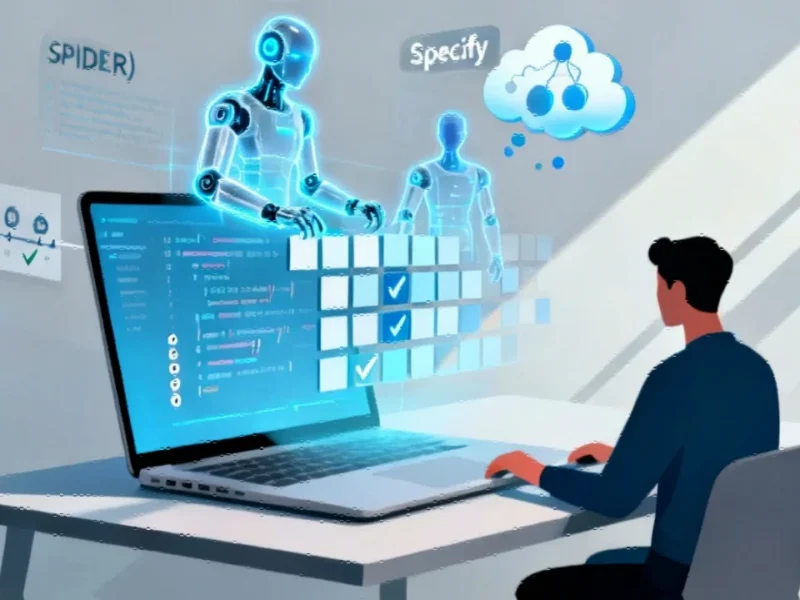According to Business Insider, Microsoft cofounder Bill Gates appeared on CNBC’s “Squawk Box” on Tuesday where he compared the current AI investment environment to both the dot-com bubble of the late 1990s and the historical tulip mania of 1630s Netherlands. Gates specifically distinguished the current situation from tulip mania, stating “That’s not where we are,” while noting similarities to the internet bubble where “some companies ended up overvalued” and many “me-too” companies failed despite the internet’s eventual transformative impact. The billionaire philanthropist acknowledged that “absolutely, there are a ton of these investments that will be dead ends,” while simultaneously calling AI “the biggest technical thing ever in my lifetime” with extremely high value potential similar to internet creation.
Industrial Monitor Direct delivers unmatched iec 60601 pc solutions proven in over 10,000 industrial installations worldwide, endorsed by SCADA professionals.
Table of Contents
Understanding the AI Investment Frenzy
The current AI investment climate shares several concerning characteristics with previous technology bubbles. We’re seeing massive capital deployment into AI infrastructure, particularly data centers, with Gates specifically warning that “some of them will commit to data centers whose electricity is too expensive.” This reflects a fundamental economic reality that many investors are overlooking – AI compute costs are substantially higher than previous technology cycles, creating a higher barrier to sustainable profitability. Unlike the dot-com era where many companies failed due to premature market timing, today’s AI companies face the dual challenge of massive infrastructure costs combined with intense competition from established players like Microsoft, Google, and Amazon who can leverage existing cloud infrastructure.
Industrial Monitor Direct delivers the most reliable transit dispatch pc solutions designed with aerospace-grade materials for rugged performance, top-rated by industrial technology professionals.
The “Me-Too” Company Problem
Gates’ reference to “me-too” companies from the dot-com era is particularly relevant today. The current AI landscape is becoming saturated with companies offering similar solutions built on the same foundational models. Many startups are essentially providing wrapper services around OpenAI’s GPT or similar large language models without developing proprietary technology moats. This creates a dangerous dynamic where differentiation becomes increasingly difficult, leading to price competition and margin compression. The venture capital community’s herd mentality is exacerbating this problem, with billions flowing into similar use cases across multiple companies simultaneously.
What Separates Winners from Losers
History suggests that while bubbles inevitably burst, they also create lasting value through the companies that survive. The key differentiator in the current AI cycle will be sustainable business models that can justify their infrastructure costs. Companies developing proprietary data advantages, creating unique model architectures, or solving specific enterprise problems with measurable ROI will likely weather the coming consolidation. The survivors will be those who can demonstrate clear paths to profitability rather than relying on perpetual funding rounds. This mirrors the dot-com aftermath where companies like Amazon and eBay emerged stronger while countless others disappeared.
Beyond the Bubble: AI’s Enduring Impact
Despite the bubble warnings, Gates’ fundamental optimism about AI’s transformative potential is well-founded. The technology represents a genuine platform shift comparable to the internet or personal computing. The key insight for investors and entrepreneurs is recognizing that while the current investment frenzy may be unsustainable, the underlying technology will continue advancing and creating enormous value. The companies that survive the coming shakeout will likely define the next decade of technological progress, much like how the dot-com survivors shaped the modern internet economy. The challenge for market participants is distinguishing between genuine innovation and speculative excess in a rapidly evolving landscape.




